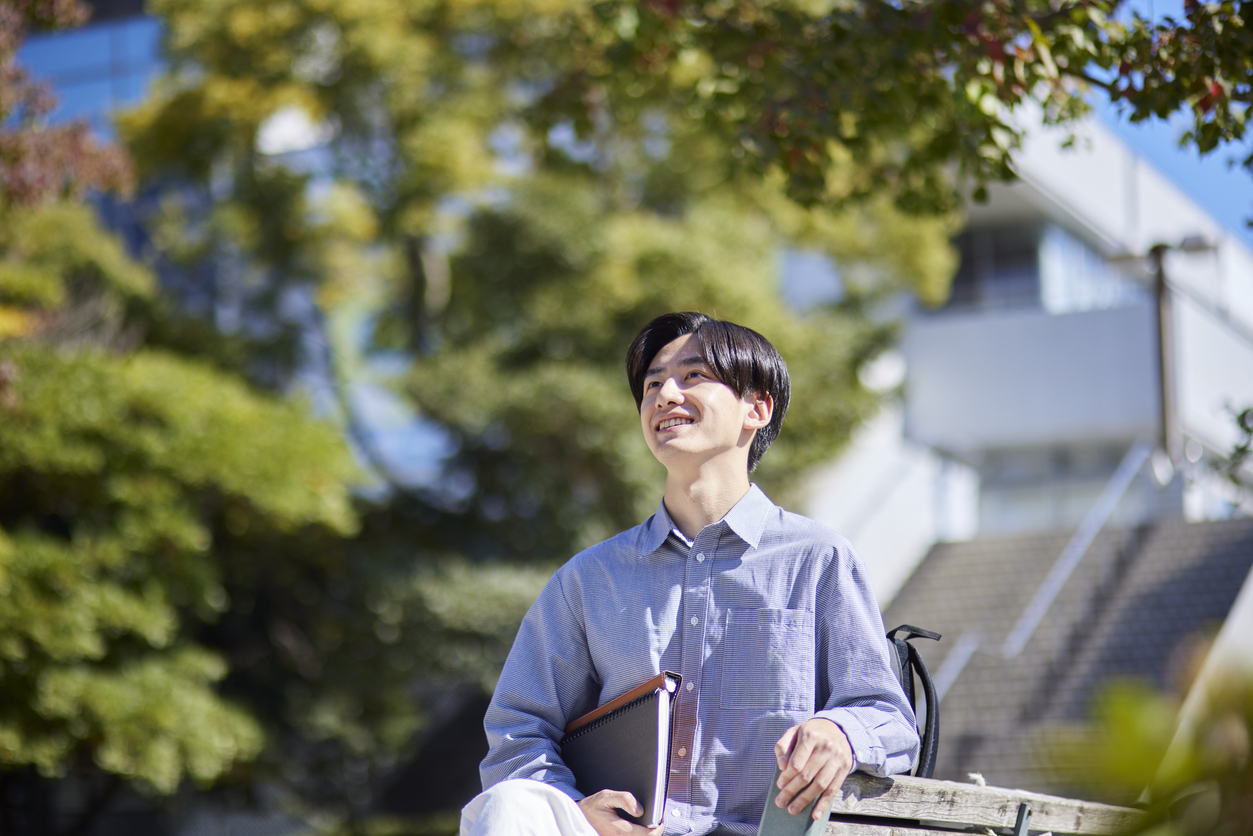Need-to-know tips for applying to Japanese universities
What do Japanese universities look for in a personal essay? What form do interviews take? And what are the admissions rates like for international students? Find out here

Sponsored by
What are the benefits of studying in Japan?
Five Japanese universities are ranked in the top 200 of the Times Higher Education World University Rankings, while more than 150 universities appear in the full ranking.
The tuition costs for international and domestic students are the same, and many students are scholarship recipients. Including admission and tuition fees, the total cost of the first year of study at a Japanese university is about US$5,300 for national universities, $6,000 for public universities and $7,000 for private universities (excluding medical, dental and pharmaceutical programmes).
In comparison, in the UK, tuition fees for international undergraduates vary from US$14,500 to US$48,000.
In the US, public or state universities charge an annual tuition fee ranging from US$8,000 to US$35,000. Private universities in the US charge between US$25,000 and US$55,000 a year, based on the programme and its duration.
In addition, Japan has ranked among the top 10 countries in the Global Peace Index for 14 years, and is at the forefront of cleanliness. It is also one of the largest developed economies in the world. It is a member of the G7 and the G20.
Studying in Japan: some basic information
Course duration:
- Bachelor’s degree: four years
- Master’s degree: two years
- PhD degree: three to four years
Enrolment and intake is in April or September. Most of the English-medium programmes have a September intake.
The application period usually runs from September to February, with places offered by May.
Most well-known universities, whether public or private, run courses taught in English. Popular subjects include computer science, business and social science.
Where to find English-based programmes in Japan:
The following subjects are not offered in English at undergraduate level: medicine, dentistry and education.
Need-to-know tips for applying to Japanese universities
Admissions numbers for international students
Admission to study English-taught STEM subjects is very competitive. This is because not many universities offer STEM subjects in English for undergraduates. Even when universities do offer English-taught STEM courses, the capacity is not as great as it is for humanities subjects.
Here are the maximum numbers for some English-taught undergraduate courses for September 2024, for reference:
The University of Aizu: 15 students admitted to study computer science
Nagoya University: five students admitted to study biological science
Tsukuba University: 10 students admitted to study life environmental science
Personal statement and essay
Japanese universities tend to value an essay and personal statement, not just academic performance. I’ve seen many students fail to secure a place even though they had perfect academic performance (A-level grades all A or A*).
It is particularly important in your personal statement or essay to show how well you are suited to the course you want to study, and how admitting you will be beneficial for the university.
The application process
Students can apply to each university directly. There is also an application platform called The Admissions Office. Check whether or not the university your student is applying to uses it.
Some universities have a form for the certificate of expected graduation and the certificate for English proficiency. Most universities still prefer or ask you to stamp the documents to make them official and formal. It’s also best to seal all documents.
What happens in an interview?
The first screening is based on personal statements, essays and transcripts. After this, students may be invited to an interview with faculty members.
Not all Japanese universities interview applicants – but STEM courses are very likely to. As part of the interview, students may be asked to do some maths questions without using a calculator.
Here is a detailed look at what the interview entails at two universities:
1. Nagoya University
- Online interview
- 45 minutes long
- The applicant and three teachers in related subjects (such as biology, chemistry and maths) will to log on to the same call.
- Between 20 and 30 minutes of the interview will be taken up with maths questions, as well as questions in related subjects (such as biology and chemistry).
- The maths questions are high level, according to the university admissions officer.
- A sample interview video is available for students to prepare and practise their answers.
- The remaining time in the interview is for the students to sell themselves, answering questions such as “What’s your motivation?” or “What do you have to offer to this industry?” But most students will not get the chance to do this, as the maths questions are very hard.
2. Shibaura Institute of Technology
- Online interview
- Students need to do a seven-minute presentation on the content of their application essay.
- Students will be asked maths, physics or chemistry questions, depending on the supervisor’s preference. Students are not allowed to use calculators, PCs or smartphones, although they will be allowed paper and pen.
- This is followed by a general question. This is intended as an opportunity for the students to introduce themselves and describe their relevant experience.
- Then there is a subject question. This will be a problem, usually at AS level. Students should read the question well.
- There will be six easy multiple-choice maths questions, 12 more difficult questions, and one at AS or A level. Students should practise answering these questions without a calculator.
Financial aid and scholarships
- Japanese Government (MEXT) Scholarship
- Japan Student Services Organization (JASSO) Scholarships
- On-campus scholarships and tuition-fee exemption or reduction systems
- Most universities have their own scholarships, which are most likely merit-based.



